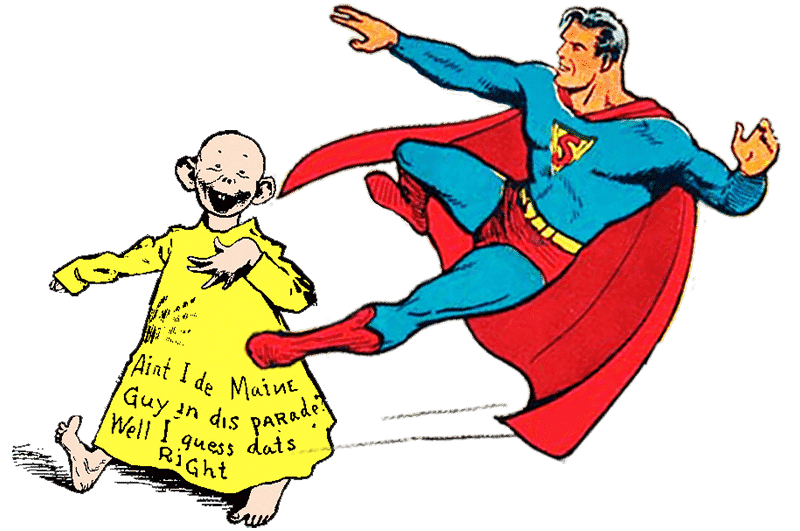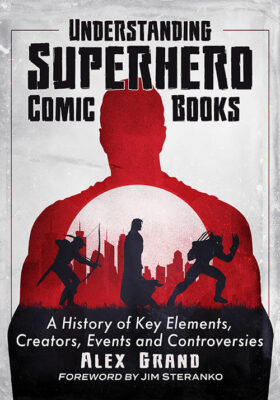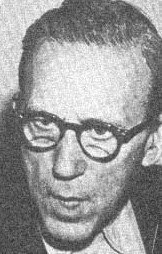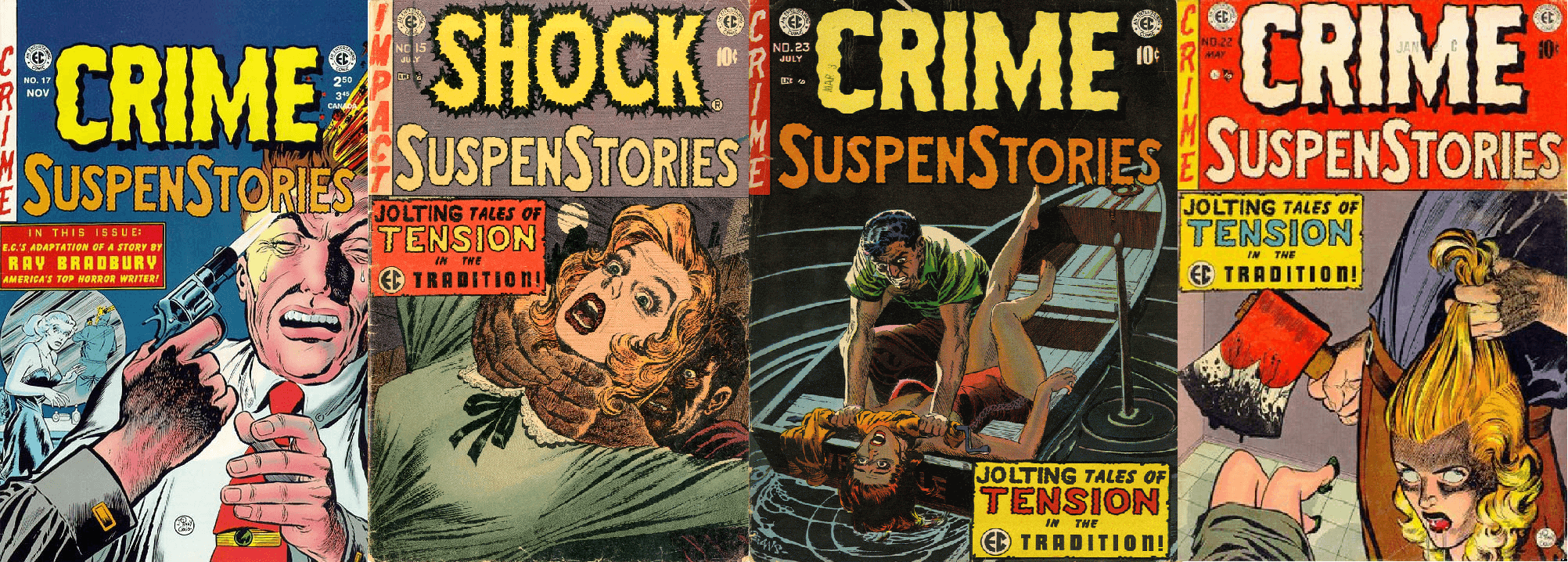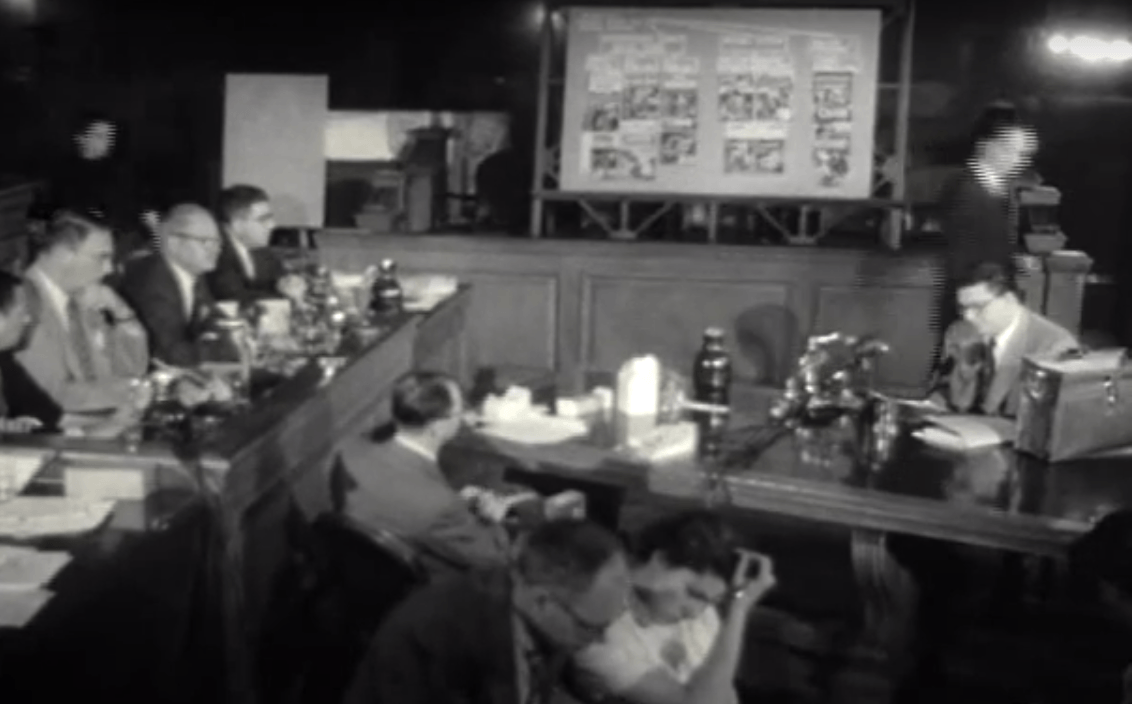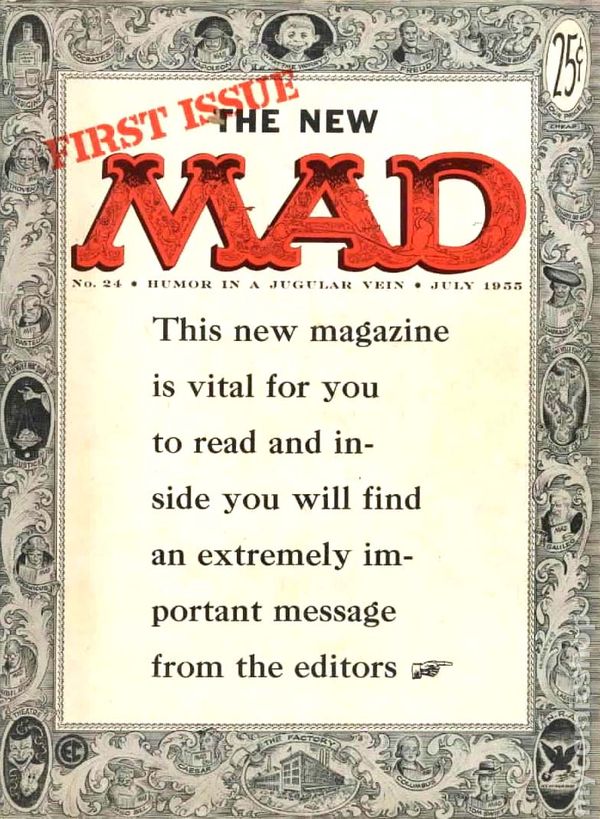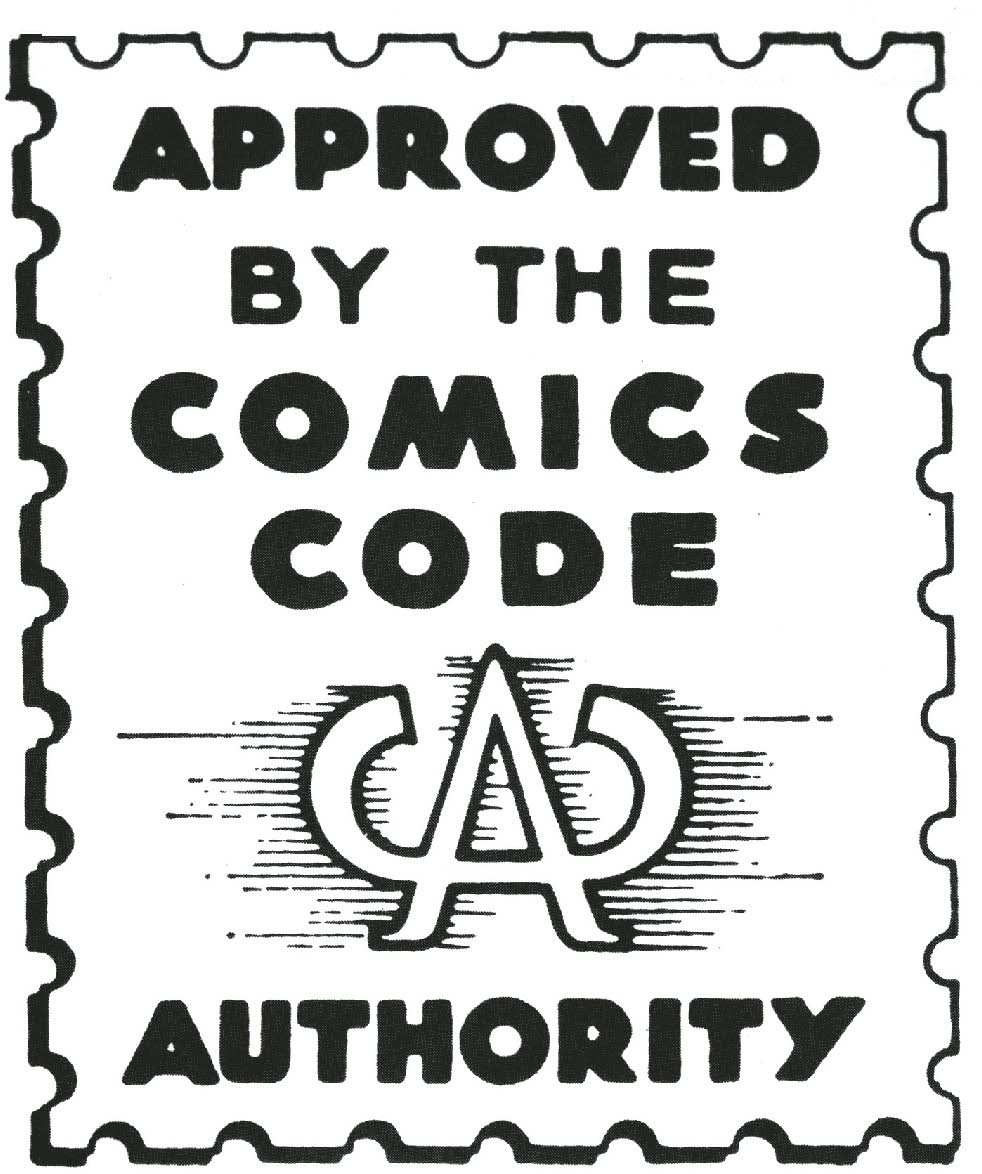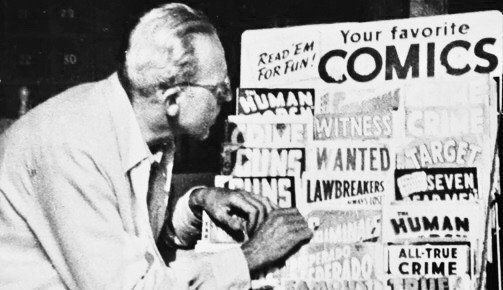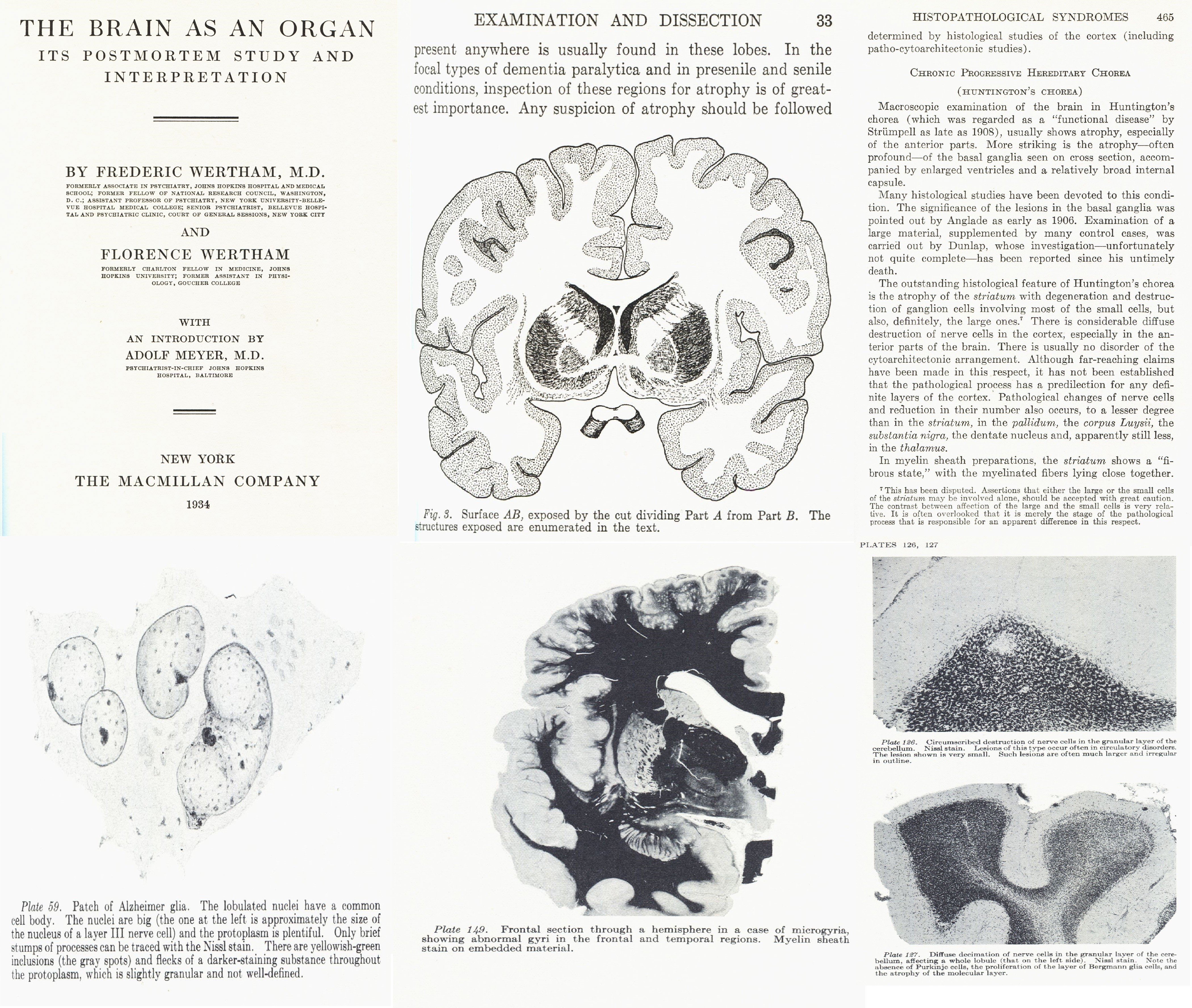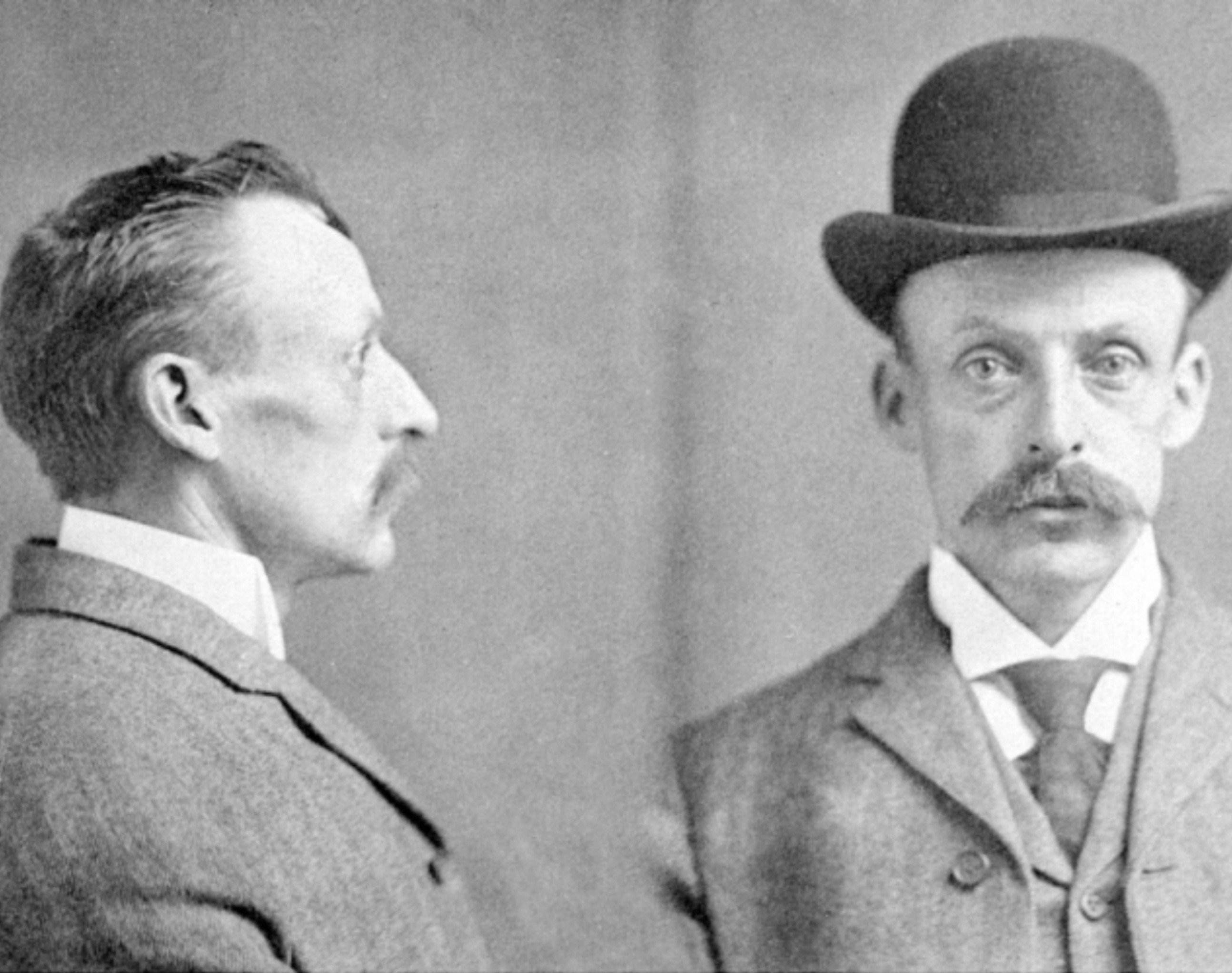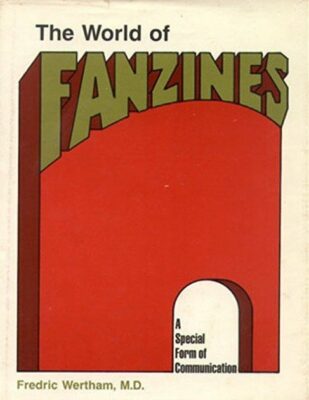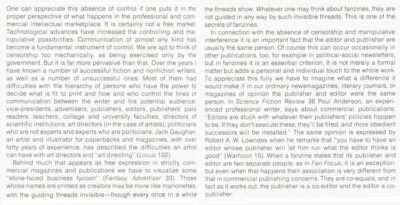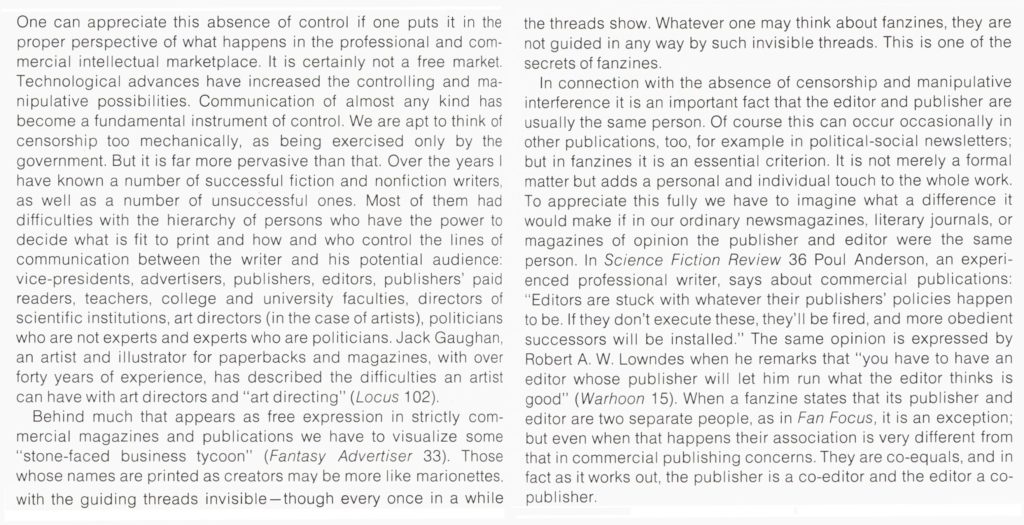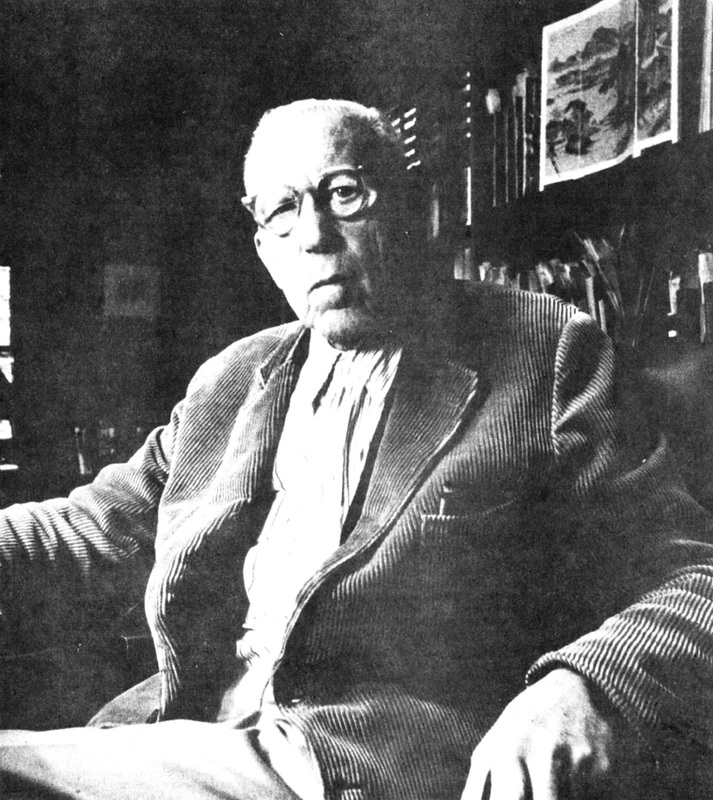The Good Things about Frederic Wertham, the Bogey Man of Comics by Alex Grand
Read Alex Grand’s Understanding Superhero Comic Books published by McFarland Books in 2023 with Foreword by Jim Steranko with editorial reviews by comic book professionals, Jim Shooter, Tom Palmer, Tom DeFalco, Danny Fingeroth, Alex Segura, Carl Potts, Guy Dorian Sr. and more.
In the meantime enjoy the show:
Fredric Wertham is notoriously known as the child psychiatrist who led an almost puritannical witch-hunt against the comic book industry.
His essays, and book, Seduction of the Innocent 1954 suggested that comics were a danger to children, and a direct cause of juvenile delinquency. His efforts were not unilateral since there was a growing feeling from families that comics were too violent, and maybe there was some validity to these theories.
Here are some covers of EC Comics in the 1950s, and when viewing them it becomes easy to see the comic book cover context that was very popular in children of the time.
Scholars have analyzed Seduction of the Innocent and found large errors, and possibly even intentional ommissions but one main commonly known criticism is that he pointed out that more than 90% of juvenile delinquents had read violent crime and horror comics, but he neglected to mention that the same percentage was found in nonjuvenile delinquents. Be that as it may, he and other proponents of eliminating comic books developed enough social momentum to set up the Kefauver hearings where congress interviewed various comic book and comic strip makers to determine if there was a linkage between comic books and juvenile delinquency.
During the hearings, publishers got nervous, and Bill Gaines pushed them all into forming a self censoring system to appease the government, which formed the Comics Code Authority which unfortunately set up rules which forced Gaines to nix his own comics line, and focus on his spoof comic which he turned into a highly successful magazine with issue 24, 1955 under editor Harvey Kurtzman called Mad.
Most of the other publishers either adapted to the Comics Code like DC comics (National) or Marvel comics (Atlas) and sterilized their content, or other publishers went out of business. The ones that adapted had this logo on the top right so that newsstand’s would know which comics were filtered and deemed safe.
Dell Comics had their own quality assured logo, and exempted themselves. The Kefauver hearings concluded that there was no association between comics and juvenile delinquency anyway, so the whole thing was a nothing burger. Dr. Wertham was upset over the final result of this drama being the comics code authority which he felt was inadequate. As the direct market became a significant force in the selling of comics, newsstands weren’t as necessary, so the comics code authority symbol which was mainly used as as a signal to newsstands became less and less strict, and was completely abandoned by the year 2011. So what about Fredric Wertham?4
Does he now get pigeon-holed as the puritannical witch hunter of comics that led American Comics into the trap of the Comics Code, sterilizing them for 2-3 decades? Is that how he should be identified and thought of for the rest of all time? No, that would be a lazy approach, and its better to investigate and learn about Wertham’s achievements in life so that we can make a better informed and not short sighted decision on how to define this man’s life. So let’s go over some of his life achievements, and make a more informed overall decision.
Frederic Wertham published numerous studies in various meidcal journals and was the first psychiatrist in the United States to receive the academically celebrated, National Research CouncIl Fellowship, whose funds he used in a New York hospital to write a textbook on Brain Physiology called, The Brain as an organ, 1934.
This impressive text was published by New York MacMillan company and goes over the postmortem study and interpretation of the Brain as a physical organ and its potential pathological lesions, describing it in anatomical, physiological, histological and psychiatric terms at a considerable 538 pages.
Here are six pages from his textbook showing the incredible amount of detail and study, that he put into gathering this large incredibly astute neurological information. It collected information from various respected scientific journals, and gathered new information making an impressive volume of academic achievement which was highly respected, and still has knowledge in this neuroscience that is still applicable in todays medicine nearly 80 years later.
Frederic Wertham had built a tremendous amount of academic clout and performed psychiatric exams for the New York Criminal Courts. In 1936, he acted as the chief defense expert witness for Albert Fish, The Brooklyn Vampire who was arrested and tried for child murder.
It was reported that he raped, murdered and cannabalized up to a hundred children. Wertham’s point in the defense was that Fish had insane religous knowledge that was responsible for his actions, and despite being correct, Fish was still found sane and guilty.
Wertham went on to reinterpret the Lowenfeld Mosaic Test in 1941 which was a visual tool using geometric shapes whose purpose was to diagnose mental disorders such as schizophrenia, and his work in adding to this test which was published by the American Journal of Psychiatry.
Patients were asked to design an image based on what the psychiatrist asks, and that is analyzed on a nonscoring system.
Brown V the Board of Education of Topeka Supreme court 1954 concluded that racial segregation in schools violated the equal protection clause.
The Supreme Court used his psychological study that concluded segregated schools were detrimental for childrens mental health
In 1973, Wertham published a book called The World of Fanzines. Fanzines were Fan Magazines which were going on as early as the 1930s, but had reached a mainstream popularity in the 1970s, and whose first originators had gone on to become successful pop culture writiers.
In this book Wertham goes through a very well researched history of science fiction, the sword and sorcery genre, fantasy fiction, comic strips and comic books. In discussing these, he shows that the fanzines surrounding these media are a great project of innovation, and communication in young people and after alot of writing, concluded that they are “a constructive and healthy exercise of creative drives”. He goes on to say that the science fiction present in these stories helps foster scientific innovation and invention. He astutely points out that Fanzine’s, is completely unfiltered information and enthusiasm not found in the corporate periodicals that are fraught with editorial censorship to appease a larger corporate owner.
He is even able to find the metaphors of the human spirit overcoming adversity in the fantasy fiction titles, as well as the importance of all human life. He even goes on to say that on the bright side of comics, they are full of great sociological intesrest because they shed light on the cultural history of the United States. He writes that fanzine writers and editors that discuss these topics are sincere and spontaneous, as opposed to the darker side of the comic industry with morbid commercial products driven by financial greed. This conditionally show a brighter side to pop culture including comic books in general, by saying that the fans of comics do use their enthusiasm for writing fanzines which are a great tool in learning to connect with one another. Wertham also mentions that Will Eisner used Comics as an effective teaching tool when he left private publishing to contract his talents to the American Military. This focus on the bright side of science fiction, fantasy and comic books isn’t exactly an apology to comic book enthuasiasts, but it shows where he’s coming from, and if anything, as a psychiatrist who also specialized in children welfare, did want his patients and child consumers to be proud productive, and thoughtful contributers to the world we inhabit.
So was Frederic Wertham just a crazy anti-comic caricature? Was he prudish comic boogy man who represents all that is wrong in censorship, just a mere one note symbol of repression of free speech? Was he just an unpleasant nerdy guy trying to ruin on our parade? The bringer of sterility in comics that wouldnt recover for roughly a decade? It’s obvious from his other achievements that he was much more, and despite the fact that he used wrong data, or data wrongly, the picture of a very intelligent man who did care about the psychological welfare of children does begin to emerge. Sure, he fudged data to get famous in the mainstream and that journey blew up in everyone’s faces for a decade, we all get that, but some may interpret his praise of fanzines as a thesis on the positive aspects of comic book culture and a partial apology for the effects of his anti-comics writings in Seduction of the Innocent. There are many people who look at Silver Age comic books as a peaceful time, with a rich non visually violent childhood and this wouldn’t have been possible without Wertham, and the Comics Code. Was he really a destroyer of comics? Or was he just a concerned citizen introducing a conscience into the devolving comic book industry? In the end, after looking at his book on Fanzines, as well as his lifelong book in both the physical, psychological and sociological scienes, maybe his main quest is seeing kids, teenagers and young adults use their higher brain functions in a constructive, civil and realistic manner where open and intelligent communication can make the world a better place. I tihnk that’s something our society could benefit from today.
Cheers.
Join us for more discussion at our Facebook group
check out our CBH documentary videos on our CBH Youtube Channel
get some historic comic book shirts, pillows, etc at CBH Merchandise
check out our CBH Podcast available on Apple Podcasts, Google PlayerFM and Stitcher.
Use of images are not intended to infringe on copyright, but merely used for academic purpose.
EC Comics ©Gaines, MAD ©Time Warner, Mosaic Test ©Lowenfeld, The World of Fanzines ©Southern Illinois University Press 1973, CCA logo ©CBLDF, Photos ©Their Respective Copyrightholders







